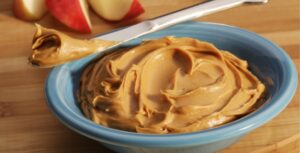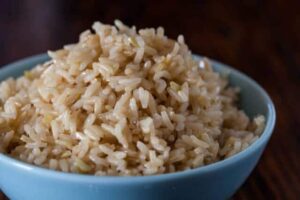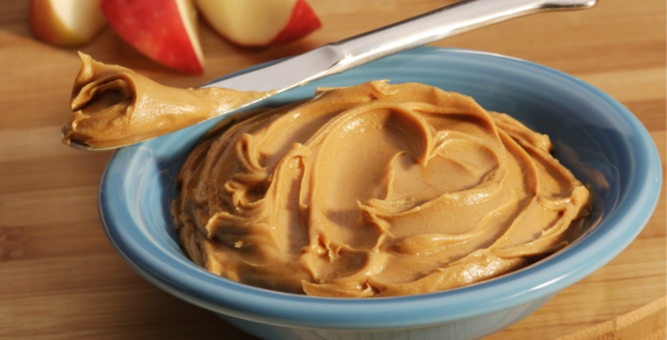Lifestyle Changes, Nothing More
By Nancy Adler
As a nutritionist, recommending lifestyle changes over diet is how I educate. I’ve seen clients try different diets over and over, just to fall off the wagon, get discouraged, and then try a different diet. Which is why, I am more concerned with helping clients stick with a plan they can follow, while incorporating lifestyle changes they can stick with. One of the major problems with diets is adherence, which is so hard for so many overweight people struggling to shed unwanted pounds.
For more than 20 years I’ve seen the pendulum swing back and forth, as to which “diet” works best for weight loss: low-carb, high-carb, low-fat, the fill-in-the-blank diet (rice diet, grapefruit diet, peanut butter diet). You name it. The diet rage of the day just leaves overweight people confused about the best way to lose weight and keep it off. It turns out that we may just be better off forgetting the word “diet.”
Lifestyle interventions involve a three-pronged approach: making dietary changes, exercising more, and incorporating behavior modification techniques.
Here are six simple lifestyle changes you can make to get you on the road to permanent weight loss. I have used these techniques, along with others, with much success in my private practice, to help clients.
Practice portion control.
As an advocate of portion control, watching how much you eat is one of the best ways to lose weight. I have been counseling clients for years, and I have seen in my private practice, that when people watch the sizes of their portions, they shave hundreds of calories daily, and lose weight effortlessly. While it may seem obvious that larger portions have more calories than smaller portions, most people don’t recognize just how many more calories a large portion contains.
Think positive.
Instead of dwelling on the foods you cannot eat, focus on what you can have. I tell my clients that there is no restaurant that is completely off limits. You can always find something healthy to eat. For example, when going to an Italian restaurant, instead of dwelling on what you shouldn’t eat, think of what you can eat; whole wheat pasta with veggies and fresh tomato sauce or fresh grilled fish with sautéed spinach.
Keep food journals.
Anyone that knows me knows I’m a huge advocate of keeping a food journal. There is no better way to get a handle on what and how much you eat than by keeping food journals. And, for the good news you do not have to journal forever. People who keep food journals are generally more aware of the mistakes they make and are then able to make corrections. Food records help you see your patterns, both positive and negative ones. For example, are you nibbling in front of the TV without realizing it? Are you famished when you get home from work, so you eat whatever is on the counter? By identifying your bad habits, you can easily find substitutes for new habits. And if you don’t want to keep a journal, I find keeping a photo journal is quite helpful for staying accountable. Snap a shot of your food plate filled, each time to eat. You can look back to see if you’ve been over or even under eating, and make the changes accordingly.

Move more.
All exercise helps. The key is to do what you enjoy and follow an exercise program you can stick with. You do not have to spend thousands of dollars on a fancy gym. Lifestyle activities also add up. Take the stairs and walk around the block at lunch. I also advise taking advantage of different exercises you enjoy during the different seasons: swimming outdoors in the summer, taking a walk on the beach, and skiing in winter. The key is to follow an exercise program for the long haul. I choose to have a few pieces of cardio equipment in our home. This way there are no excuses.
Eat structured meals and snacks.
Speaking of nibbling and mindless munching, one advantage to eating structured meals and snacks is that you tend to get famished less often. And when we are famished, we tend to just grab whatever food is in sight. We also end up grabbing junk food. Planning in advance is important. Keep healthy foods around and bring along a fruit and yogurt if you know that it will be hard to buy something healthy mid-afternoon.

Cut yourself some slack.
I am a big advocate of focusing on progress, not perfection. It is important to take stock of the changes you have made and look at the big picture. If, for example, you need to lose 50 pounds and already lost 10 pounds, recognize your accomplishment. One way to recognize your progress is to try on some old clothes. Seeing that they are loose can help you see your succeeding.







